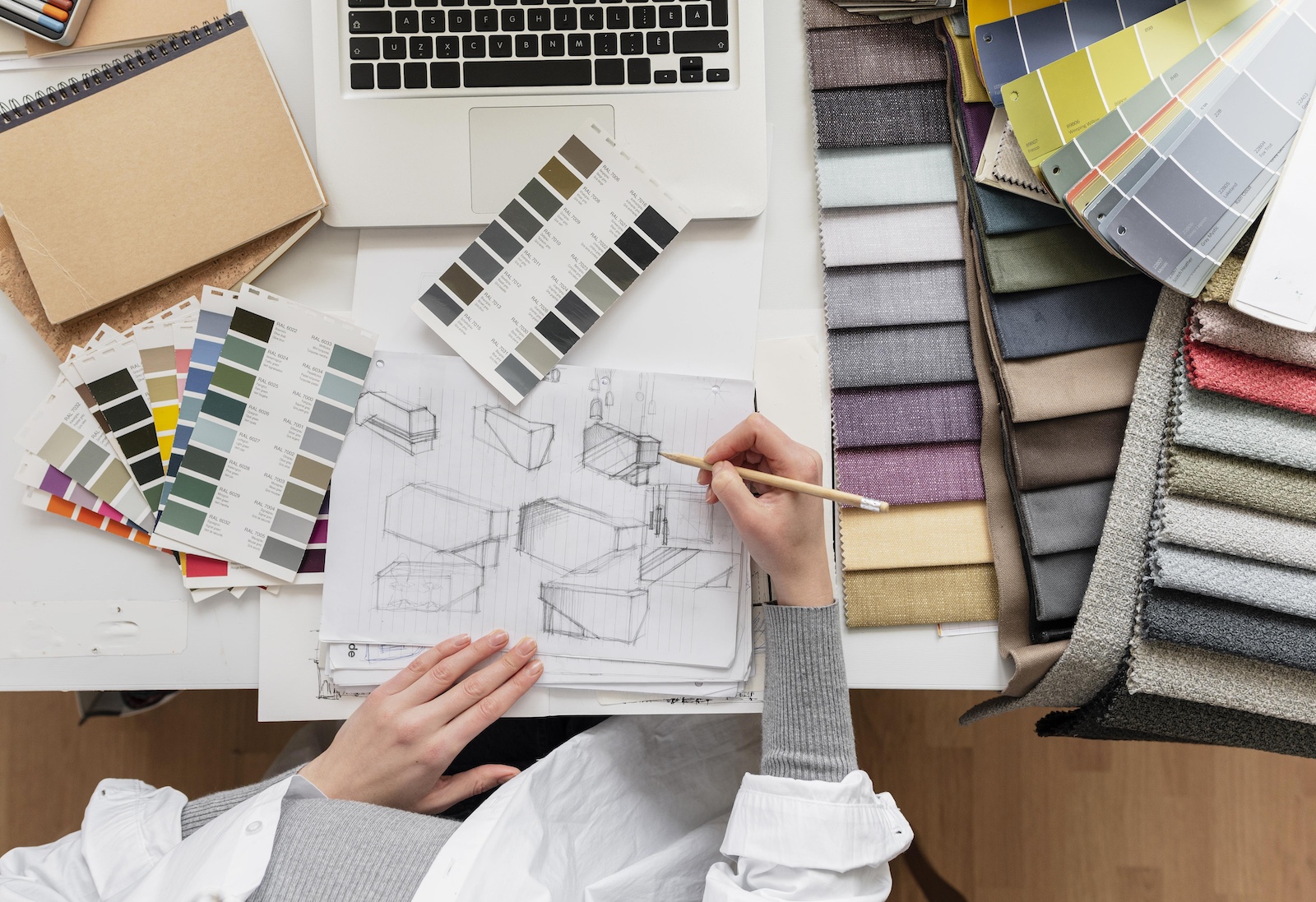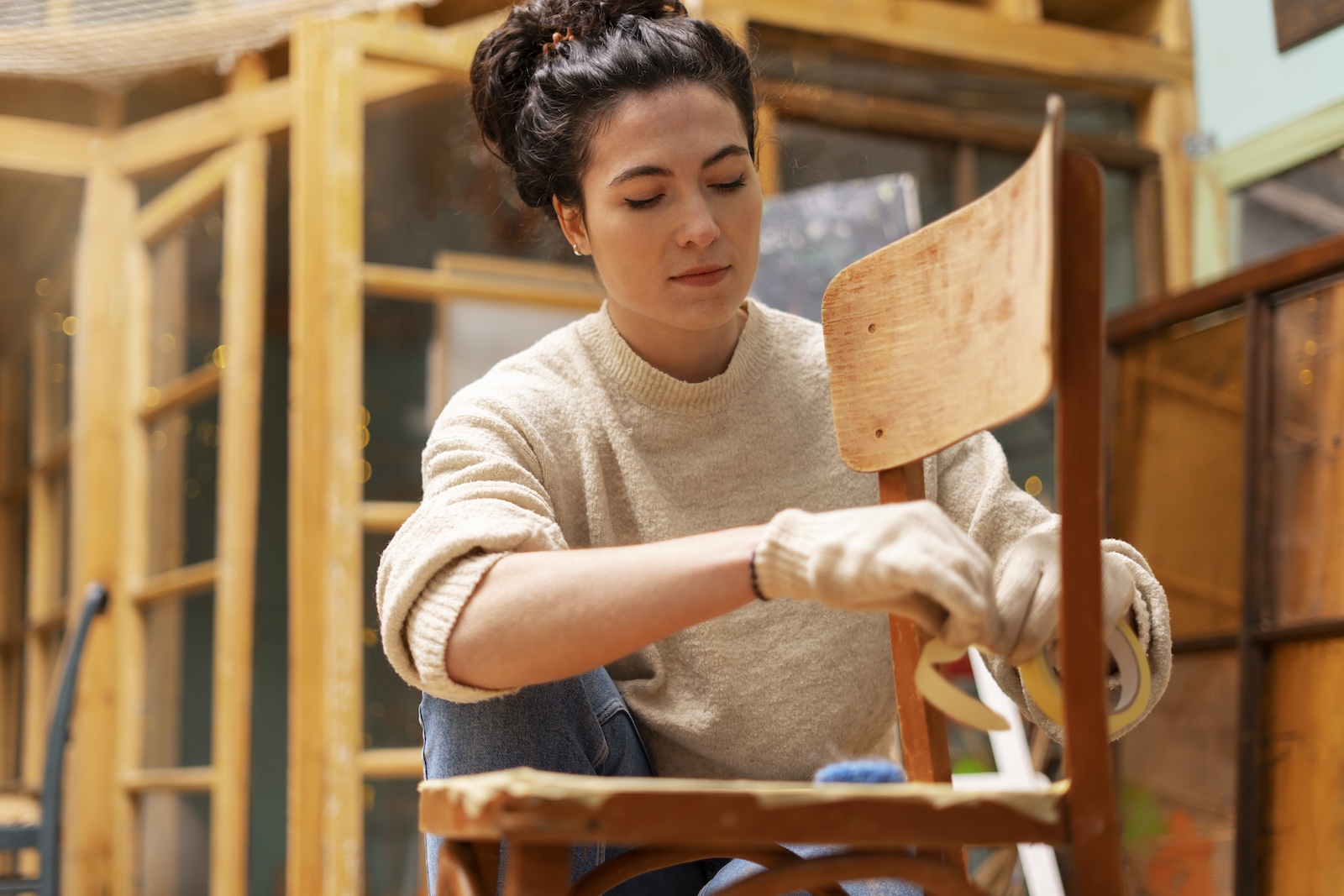
Transforming Concepts: How Furniture Design Programs Foster Real-World Innovation
Transforming concepts: how furniture design programs foster real-world innovation
Furniture design is an ever-evolving field where creativity meets functionality. However, transforming concepts from a sketch to a tangible piece often requires more than just talent. Specialized furniture design programs play a pivotal role in nurturing this journey. Whether you're a budding designer or an industry veteran, understanding these programs can immensely enhance your potential for innovation.
The foundation: learning the basics
Every exceptional piece of furniture starts as a concept. Design programs offer a structured approach to mastering the fundamentals, including:
-
Sketching and rendering techniques: Learning how to effectively translate ideas into visual representations. Here's an example of how a concept evolves from a hand-drawn sketch:

-
Material studies: Understanding the properties and applications of different materials, pivotal in ensuring durability and aesthetic appeal.
-
CAD software: Gaining proficiency in computer-aided design software is essential for creating detailed plans and simulations.
Practical experience: from classroom to workshop
One of the most vital aspects of design programs is the hands-on experience. Programs often include:
-
Workshops and labs: Equipped with the latest tools and materials, these spaces allow students to prototype and refine their designs.
-
Industry projects: Collaborations with manufacturing companies, like our partner Distro, which specializes in custom wood product manufacturing and distribution, providing real-world context to academic learning.

Leveraging technology: staying ahead of the curve
Innovative design is no longer just about creativity but also about leveraging technology. Advanced programs integrate:
- 3D modeling and printing: Providing the ability to create accurate models and prototypes, accelerating the development process.
- AI tools: Cutting-edge tools like our Free AI Furniture Design Generator offer new ways to enhance and streamline the design process.
From concept to market: the role of distribution
Once a prototype is ready, the next challenge is manufacturing and distribution. Here’s how to efficiently navigate this stage:
- Partner with experts: Companies like Distro can handle custom wood product manufacturing and distribution, ensuring quality and timely delivery.
- Seek professional guidance: Consulting with industry experts from the start can prevent costly mistakes and streamline the production process.
Taking the next step
If you're looking to bring your designs to life, connecting with professionals can make a significant difference. Learning doesn’t stop at graduation—it’s a continuous journey. Engage with experts, utilize available resources, and always stay curious.
- Request a quote: Understand the financials with Distro's quote service.
- Contact us: For personal guidance and additional information, visit the contact page.
- Explore our capabilities: Discover the full range of services we offer at Distro on our capabilities page.
Furniture design programs are more than just academic courses; they are the stepping stones that bridge creativity with real-world innovation. By mastering both the artistic and practical aspects, you can craft pieces that not only stand out but also stand the test of time.
Related Post: Boost your podcast brand: How on Demand production elevates merchandise sales


Ready to get started?
Request a quote so we can start making your products on demand.
Request a quote
Have questions? Contact us →


